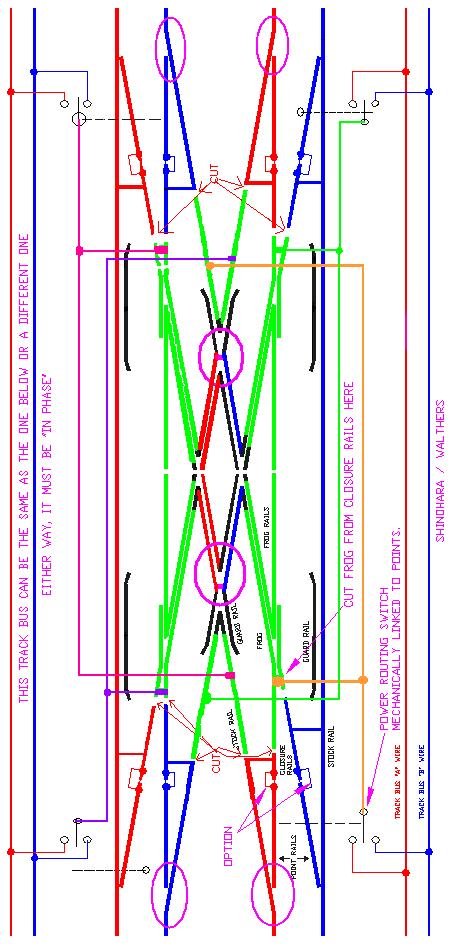
GENETIC MAPPING III. The problem of double crossovers in genetic
Consider a cross to map 2 genes, a and b They are some distance apart, but mappable The heterozygote is in tetrad stage: a+ b+/ab
The problem of double crossovers in genetic mapping experiments
A single crossover generates recombinant chromosomes Which give recombinant gametes and eventually recombinant progeny
A 2-strand, double crossover restores the original arrangement of the marker genes So all progeny are scored as parental, with no recombinants
It looks exactly as if there has been no crossing over There have been two crossover events which will be uncounted
And since recombination frequency is a measure of map distance, this means that the distance between the genes will be underestimated
How can we avoid these errors Two general ways:
1. Map closely linked genes Double crossovers rarely occur within map distances < 10 cM
Do three-point testcrosses, rather than two-point These involve 3 genes within a relatively short section of chromosome.
The rationale for using these is illustrated in the next slide.
As before, a 2-strand double crossover gives gametes that are nonrecombinant for genes a and b
BUT, notice that the resulting gametes are recombinant with respect to c
The gene in the middle reveals the occurrence of a double crossover 3-point crossovers are routinely used for mapping, because they allow us to correct for double crossovers, and determine the gene order
Suppose we want to map 3 genes in a plant Fruit color: p = purple; p+ = yellow Fruit shape: r = round; r+ = elongated Juiciness: j = juicy; j+ = dry
What is the order, and map distances, of these 3 genes
We set up our testcross with a triply heterozygous parent, in coupling phase (in this case) and count the offspring
We know that is the genes were unlinked, we would expect eight phenotypic classes of progeny
For this kind of trihybrid cross, we expect the same classes, but not in the same proportions
Because of linkage, some phenotypic classes may have 0 individuals; if so, that’s important to note
Here are the eight phenotypic classes of progeny
These are parentals. Note that they are in approximately equal numbers
These recombinants both involve the p gene Notice that they are in about equal numbers, and are rarer than the parentals
These recombinants involve the r gene They are rarer still
These recombinants are the rarest. Gene j is involved
We expect double crossovers to be rarer than single crossovers So it follows that recombinants due to double crossovers will be the rarest class
We can use this fact to help us order the genes. How Recall our earlier example:
Notice how the double crossover restored the outside genes to the parental arrangement, but the middle gene has its orientation changed
So the gene which is in a recombinant arrangement in the rarest, double crossover class of progeny, must be the middle gene.
We can see that p and r are in their parental configuration, but j is in a new arrangement So, j must be the gene in the middle The order must be p, j, r
Now that we know the correct gene order, we can interpret the data to generate map distances:
For the p - j distance, we need to add together all the recombinant progeny resulting from crossovers in Region I
This includes both single crossovers and the double crossovers (since they also involve this region of the chromosome)
So, the percentage of recombinants = [(52+46) + (4+2)]/500 x 100% = 104/500 x 100% = 20.8% So, p and j are 20.8 cM apart
We do the same sort of calculations to find the distance between j and r
We again add together the single crossovers (this time from Region II) and the double crossovers
[(22+22) + (4+2)]/500 x 100% = 50/500 x 100% = 10.0% So, j and r are 10.0 cM apart
To get the distance between p and r, we simply add the inner distances = 30.8 cM.
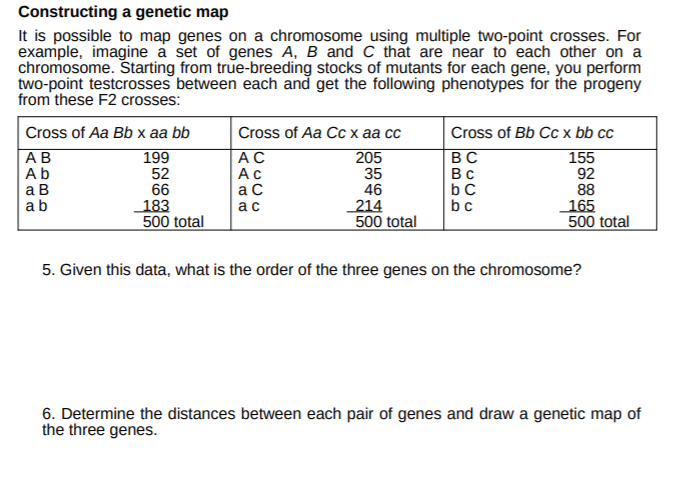
Solved Constructing a genetic map It is possible to map

GENETIC MAPPING III. The problem of double crossovers in genetic mapping experiments. - ppt download
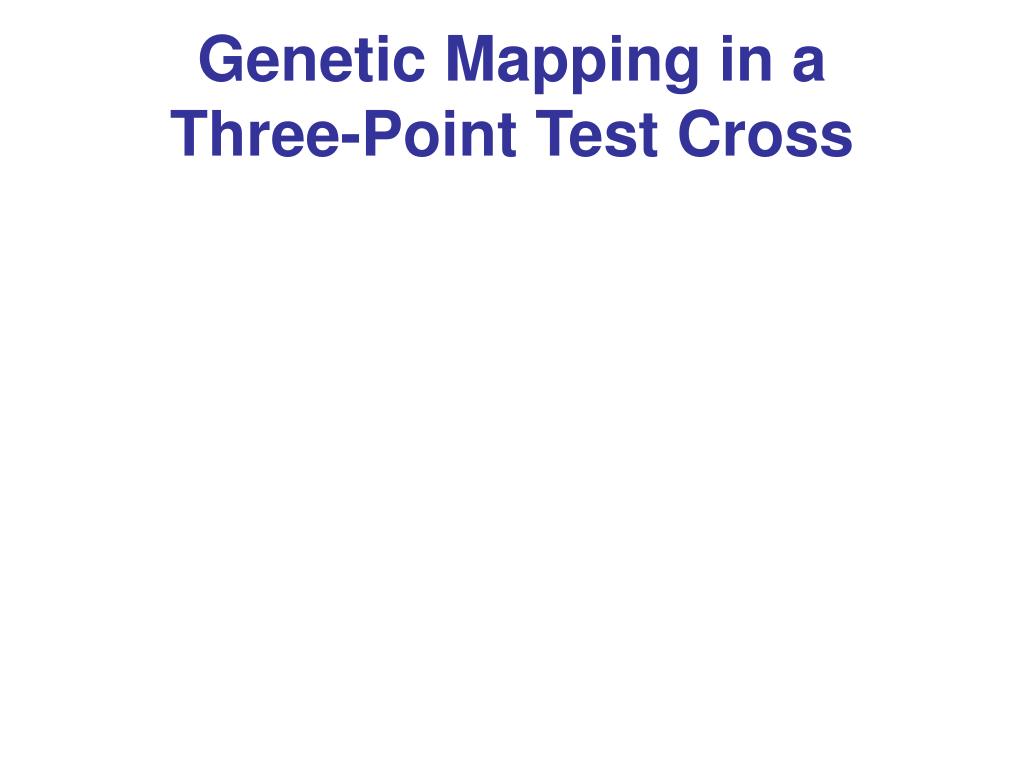
PPT - Genetic Mapping in a Three-Point Test Cross PowerPoint

PPT - Genetic Mapping (Chapt. 5) PowerPoint Presentation, free
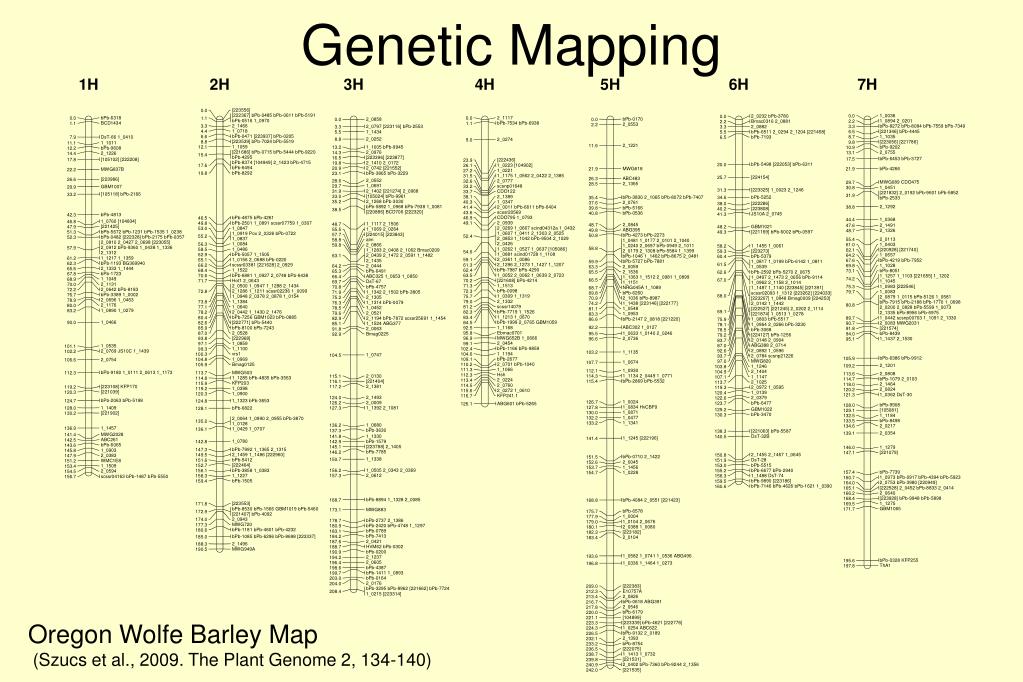
PPT - Genetic Mapping PowerPoint Presentation, free download - ID
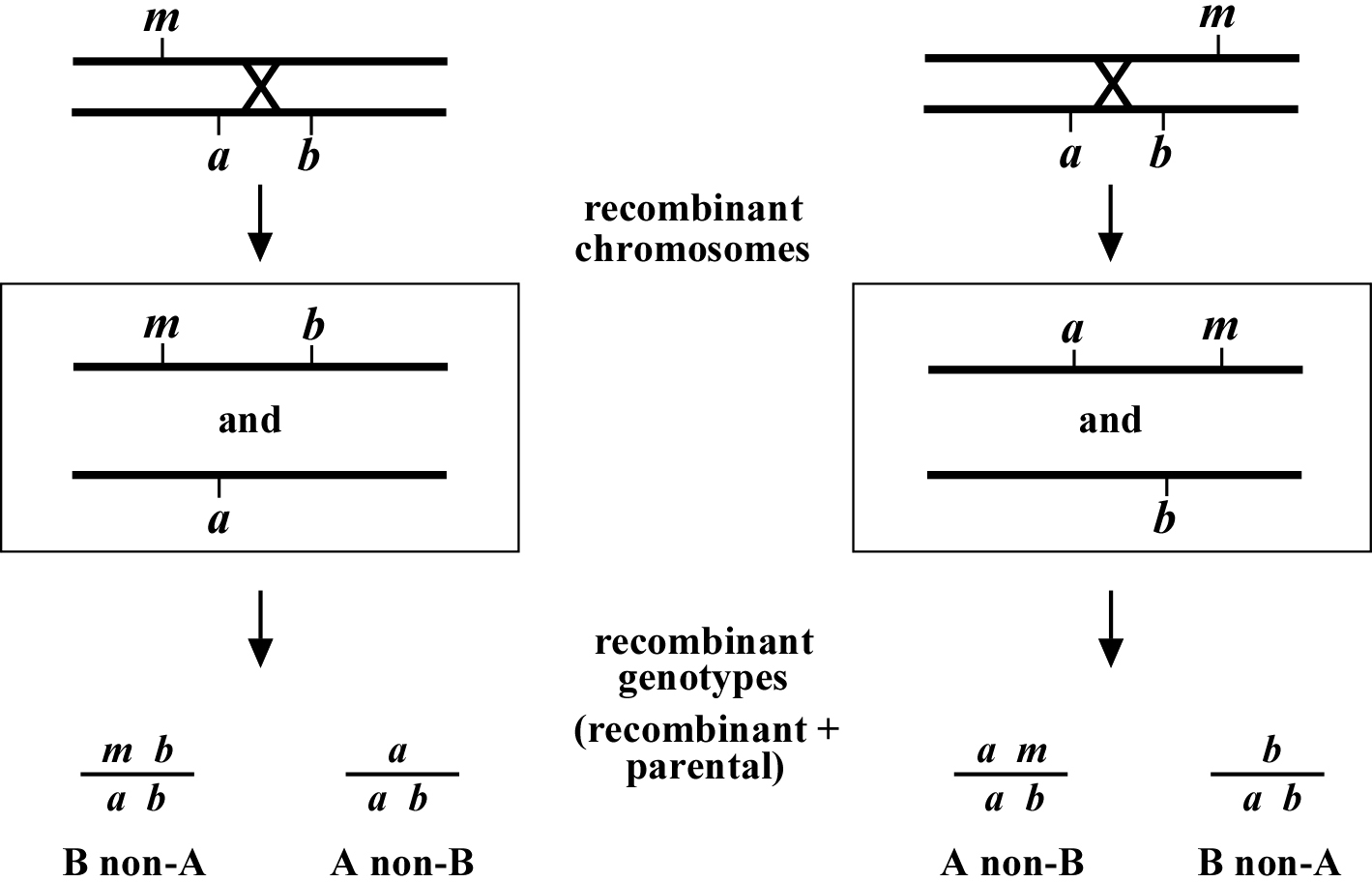
Genetic mapping and manipulation: Chapter 3-Three-point mapping with genetic markers

11.3 Two-Point and Three-Point Crosses – Introduction to Genetics

Linkage Mapping in Genetics

The ascus classes produced by crossovers between linked loci. NCO

Chapter 5 Notes
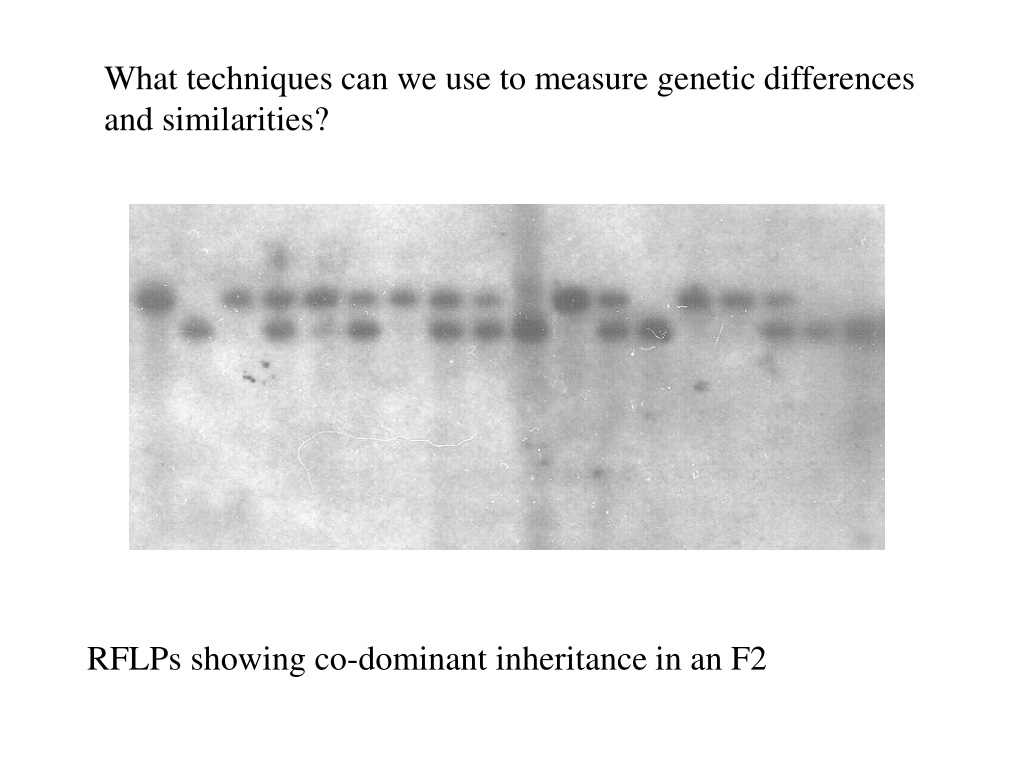
PPT - Geneomics and Database Mining and Genetic Mapping PowerPoint
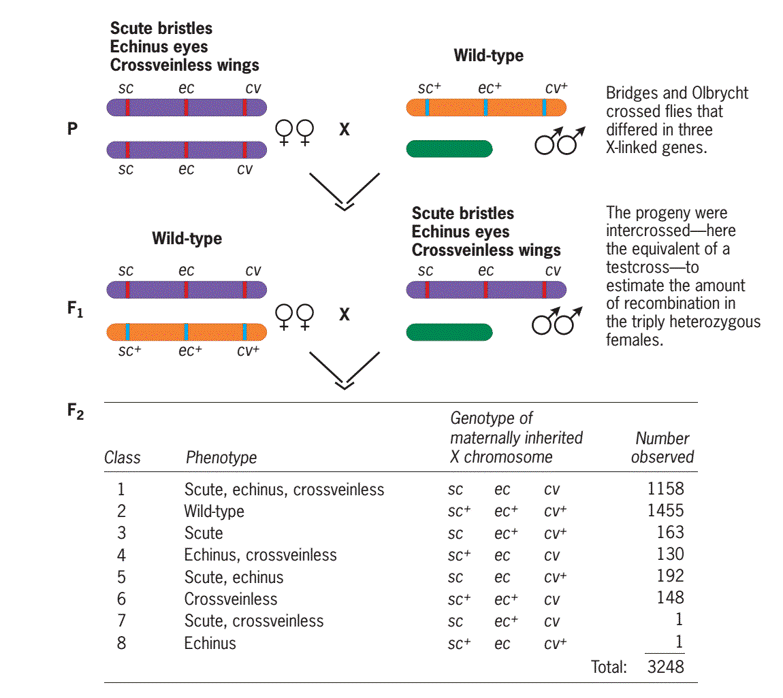
Three point test cross: gene order, map distance, inference and coefficient of coincidence and level of inference - Online Biology Notes
Chromosomal crossover - Wikipedia
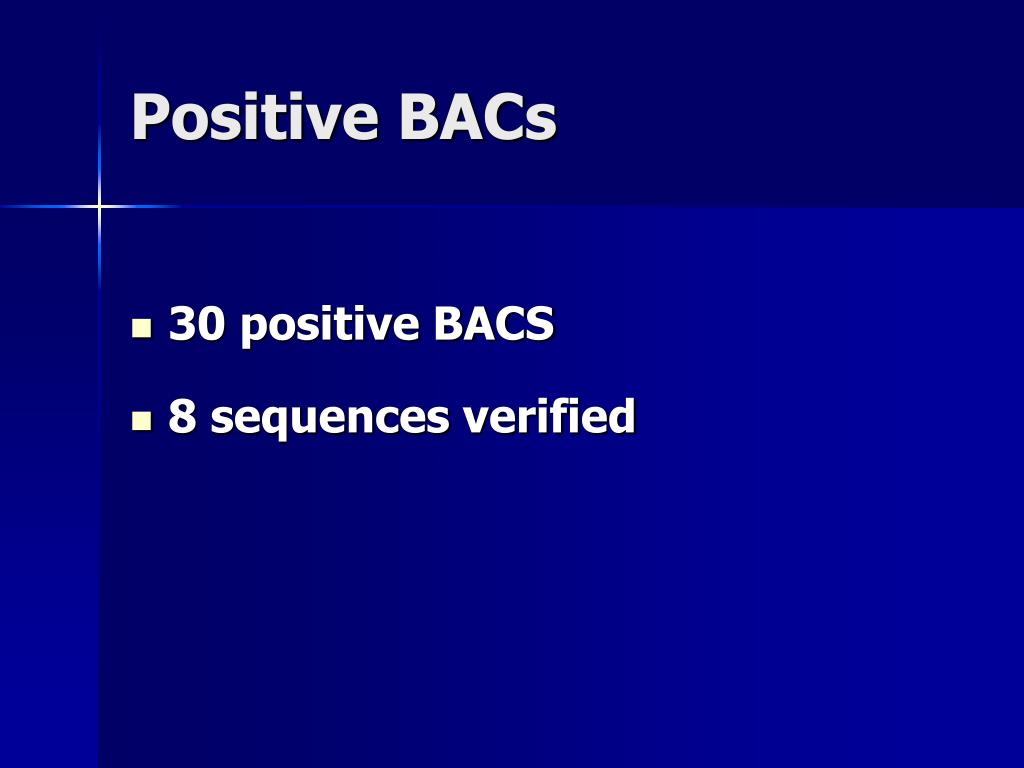
PPT - Integrated Physical and Genetic Mapping of Upland Cotton


